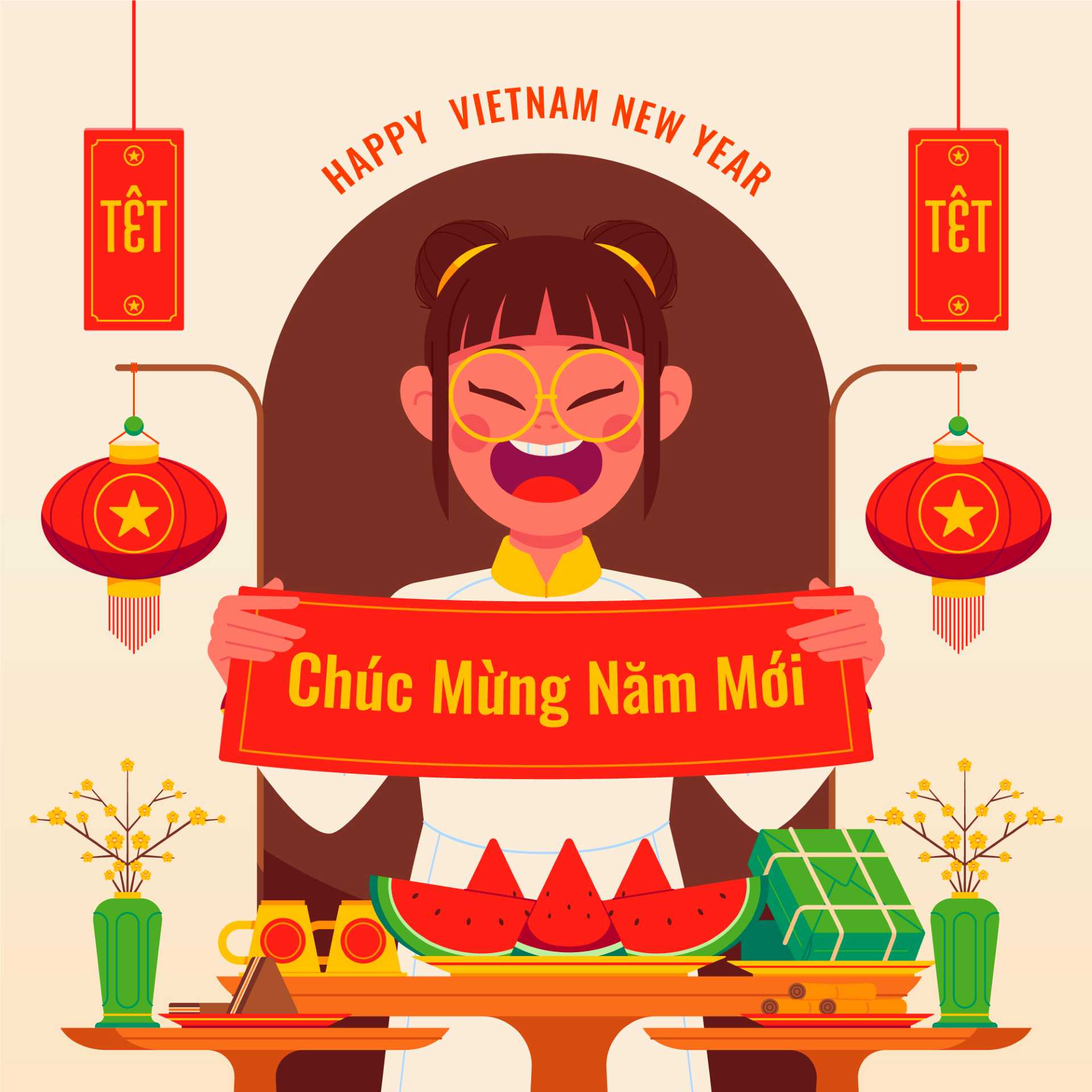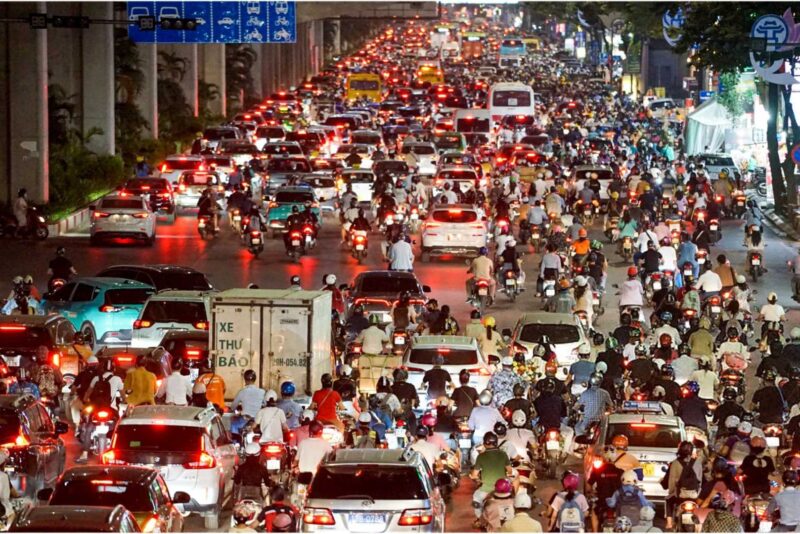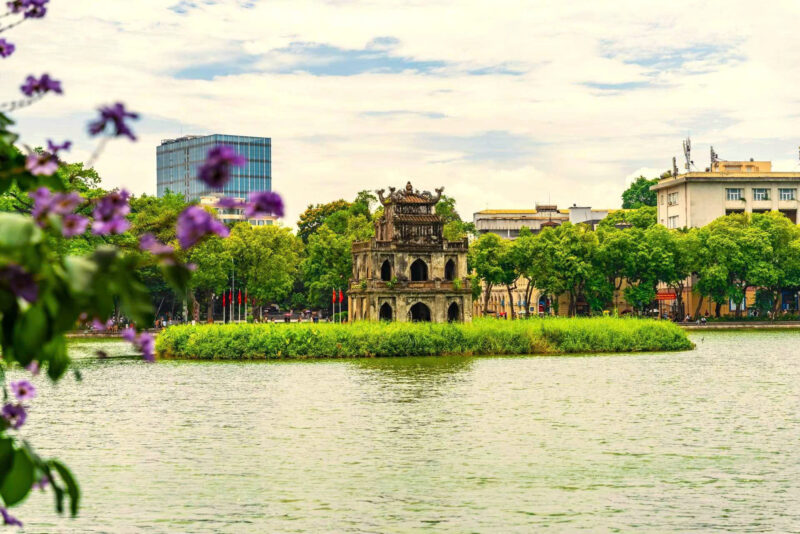 Tết Nguyên Đán is Vietnamese New Year
Tết Nguyên Đán is Vietnamese New Year
commonly known as Tết, is the Vietnamese Lunar New Year and the most important and widely celebrated holiday in Vietnam. It marks the arrival of spring based on the lunar calendar and is a time for family reunions, paying respect to ancestors, and celebrating new beginnings. Here’s an overview of this vibrant holiday.
When is Tết?
Tết usually falls in late January or early February, depending on the lunar calendar. The exact date changes each year but aligns with the same period as the Chinese New Year.
Preparing for Tết:
Cleaning and Decorating: Families thoroughly clean their homes to sweep away bad luck and decorate with peach blossoms (hoa đào), kumquat trees (cây quất), and apricot blossoms (hoa mai). Red and gold decorations are common for good luck.
Cooking Traditional Foods: Special dishes like bánh chưng (square sticky rice cakes) in the north and bánh tét (cylindrical sticky rice cakes) in the south are prepared to symbolize gratitude and family unity.
Ancestral Worship:
Families set up altars with offerings of food, flowers, and incense to honor their ancestors and pray for blessings in the coming year.
New Year’s Eve (Giao Thừa):
On the eve of Tết, families gather for a feast, and many attend local ceremonies or watch fireworks to welcome the new year.
First Visitor Tradition (Xông Đất):
The first person to enter a home on New Year’s Day is considered to bring good or bad luck. Hosts carefully select someone with favorable traits to be their first visitor.
Giving Lì Xì (Lucky Money):
Elders and married adults give red envelopes containing money to children and younger family members, symbolizing blessings and prosperity.
Festive Foods
Bánh Chưng and Bánh Tét: Symbolic rice cakes filled with pork and mung beans, wrapped in green leaves.
Thịt Kho Tàu: Braised pork belly with eggs.
Pickled vegetables, candied fruits (mứt), and sticky rice are also popular.
Cultural Practices
Avoiding Taboo Actions: People avoid arguing, breaking items, or saying unlucky words to prevent bad luck.
Wearing New Clothes: Families wear new, brightly colored traditional outfits (áo dài) to signify renewal.
Tết and Community
Many Vietnamese visit pagodas to pray for health and prosperity.
Communities host lion dances, cultural performances, and traditional games to celebrate.
Symbolism of Tết
Tết represents the values of family, gratitude, and renewal. It is a time to let go of the old year’s hardships, embrace new opportunities, and strengthen connections with loved ones and traditions.
Would you like more information about planning a trip to Vietnam during Tết or experiencing its festivities?





